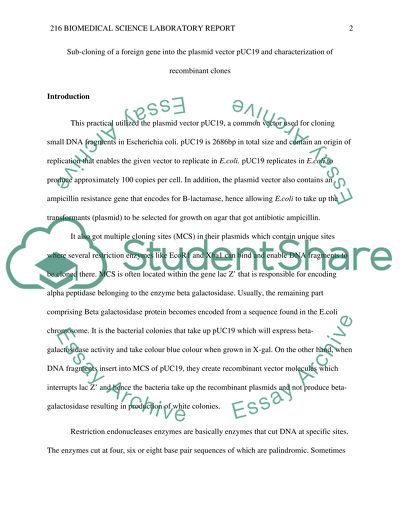Cite this document
(“Biomedical Science Laboratory Report Essay Example | Topics and Well Written Essays - 1250 words”, n.d.)
Retrieved from https://studentshare.org/health-sciences-medicine/1439357-216-biomedical-science-laboratory-report
Retrieved from https://studentshare.org/health-sciences-medicine/1439357-216-biomedical-science-laboratory-report
(Biomedical Science Laboratory Report Essay Example | Topics and Well Written Essays - 1250 Words)
https://studentshare.org/health-sciences-medicine/1439357-216-biomedical-science-laboratory-report.
https://studentshare.org/health-sciences-medicine/1439357-216-biomedical-science-laboratory-report.
“Biomedical Science Laboratory Report Essay Example | Topics and Well Written Essays - 1250 Words”, n.d. https://studentshare.org/health-sciences-medicine/1439357-216-biomedical-science-laboratory-report.


